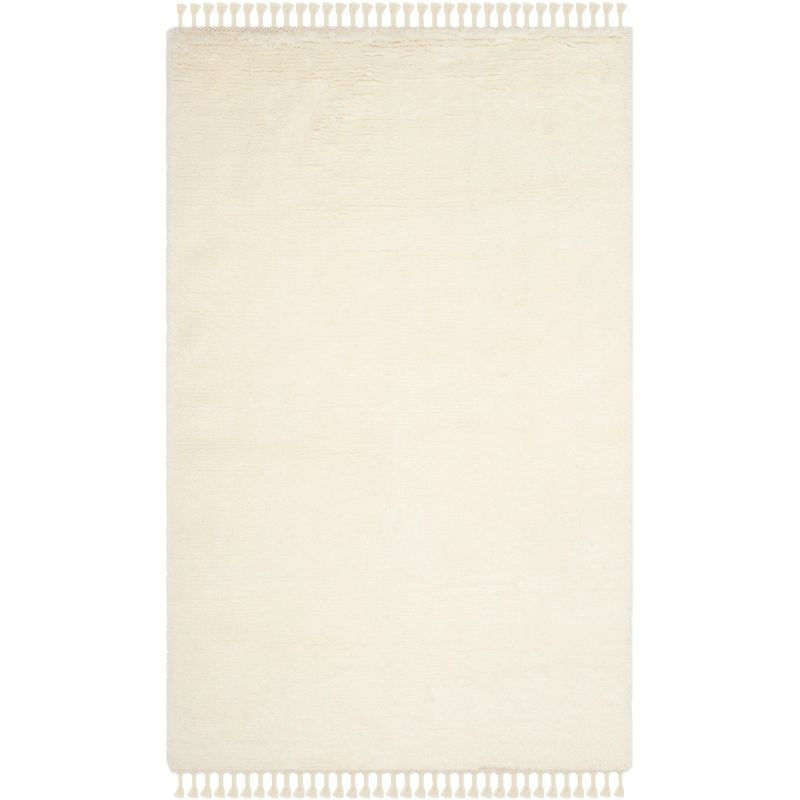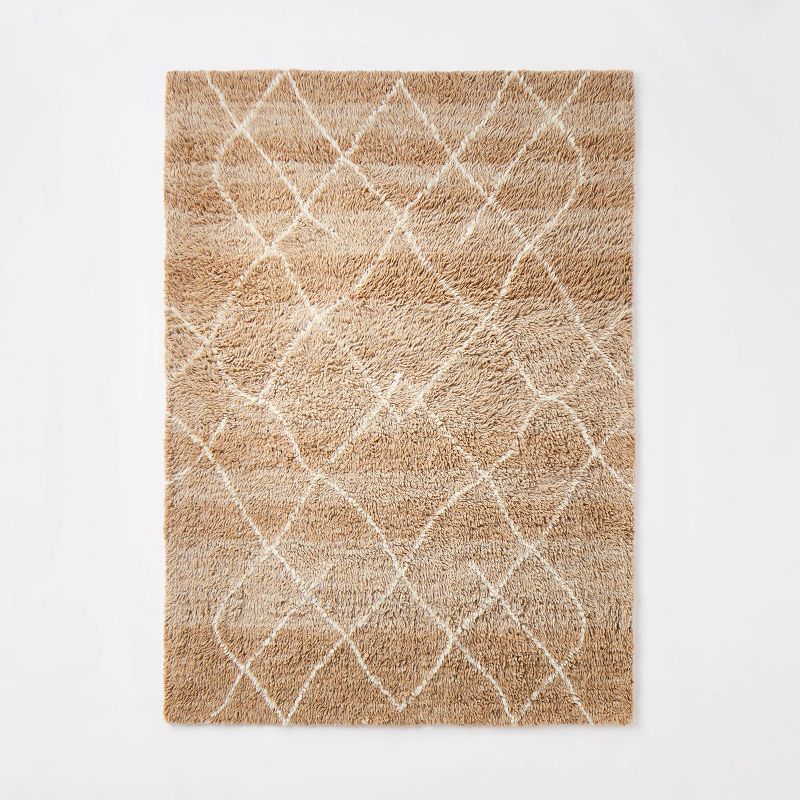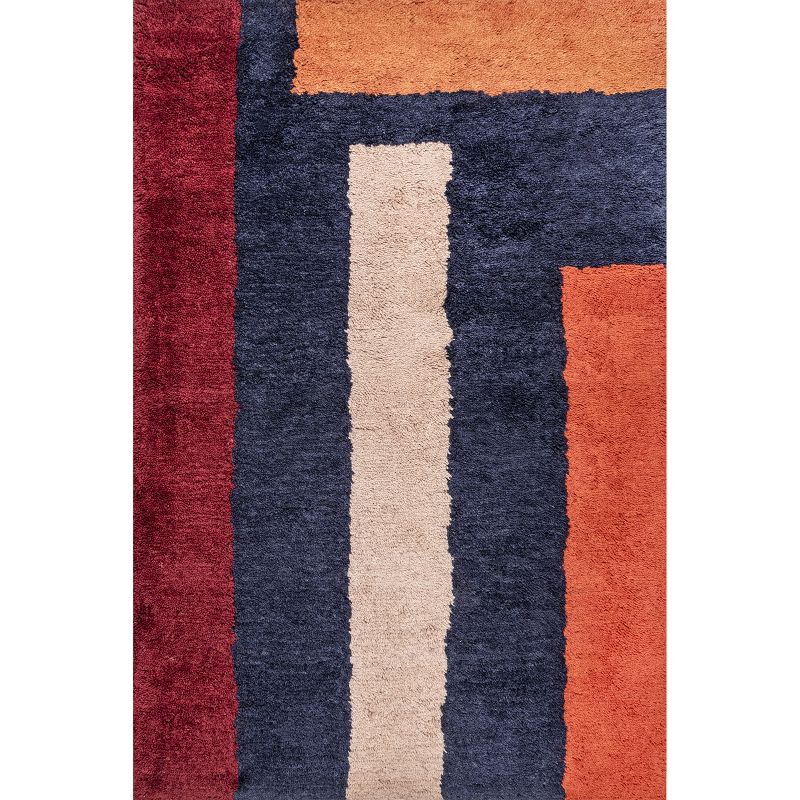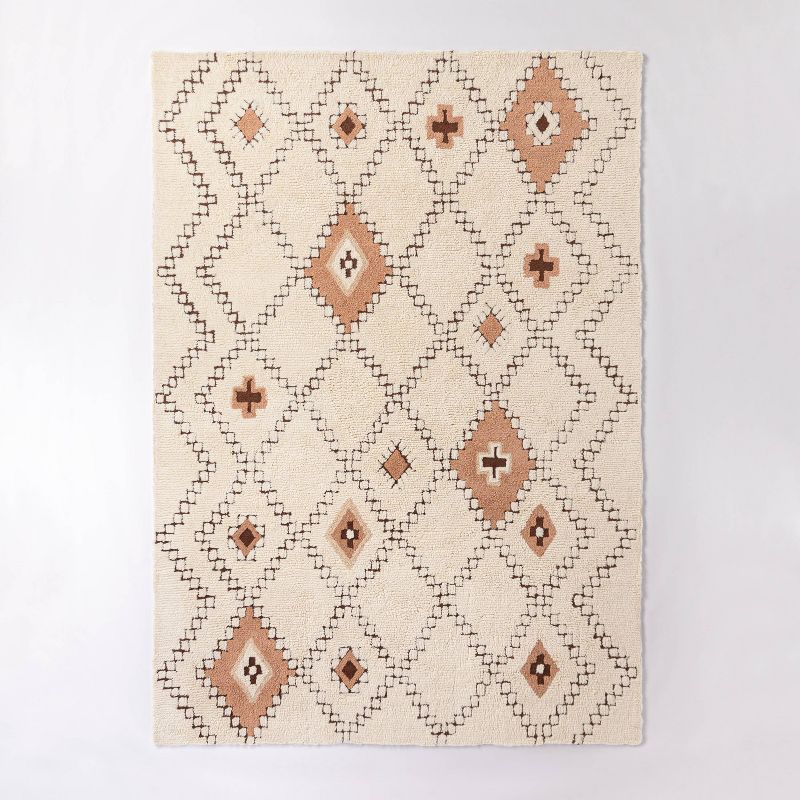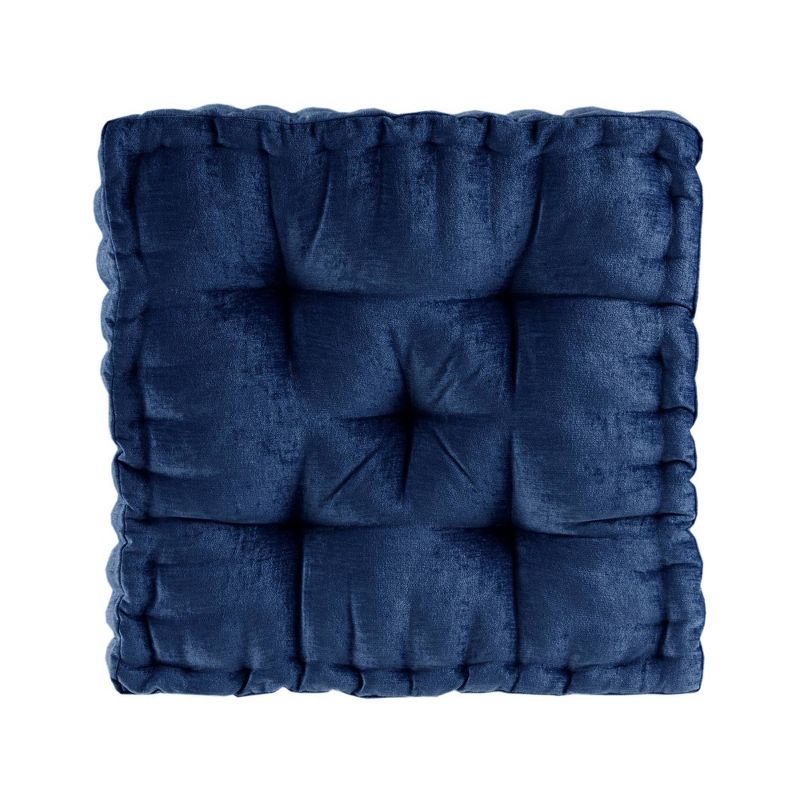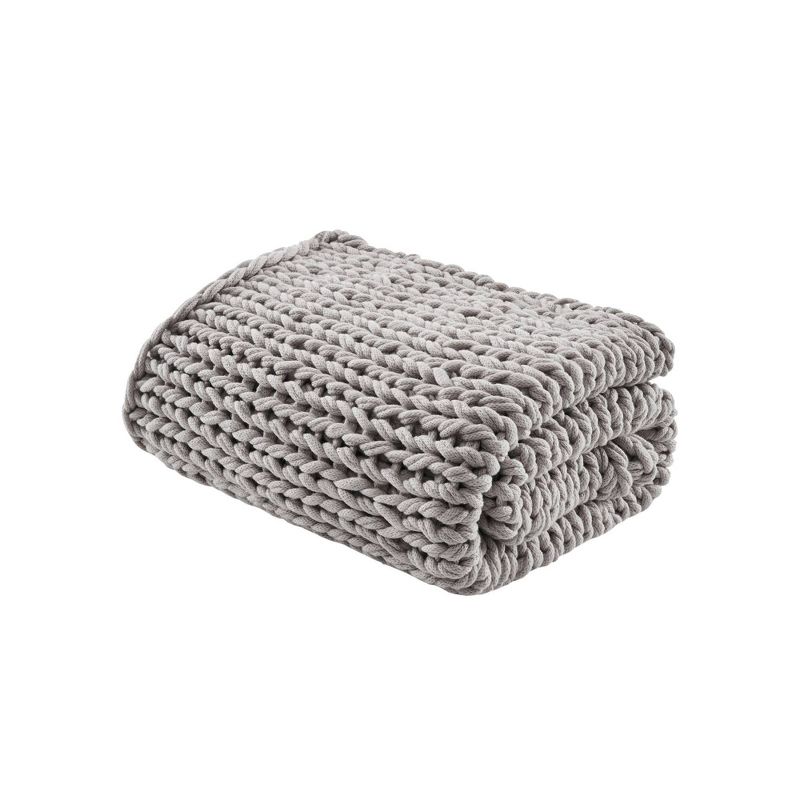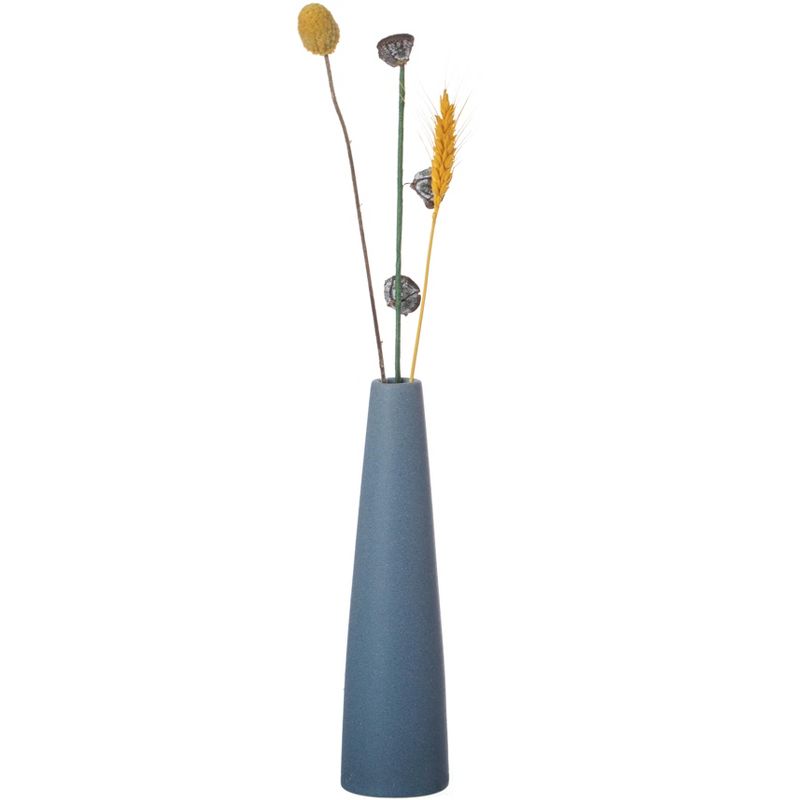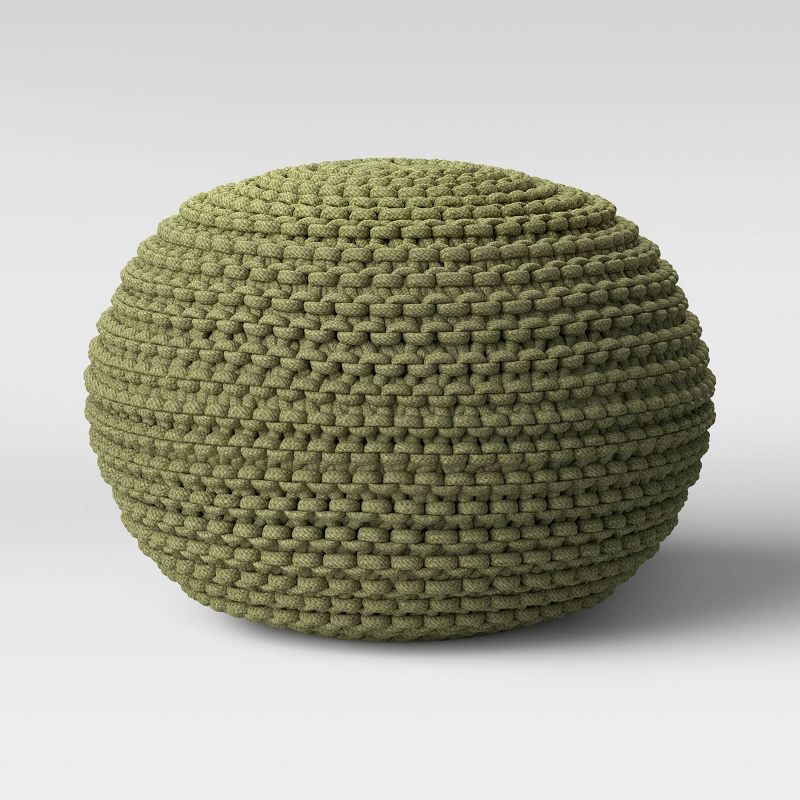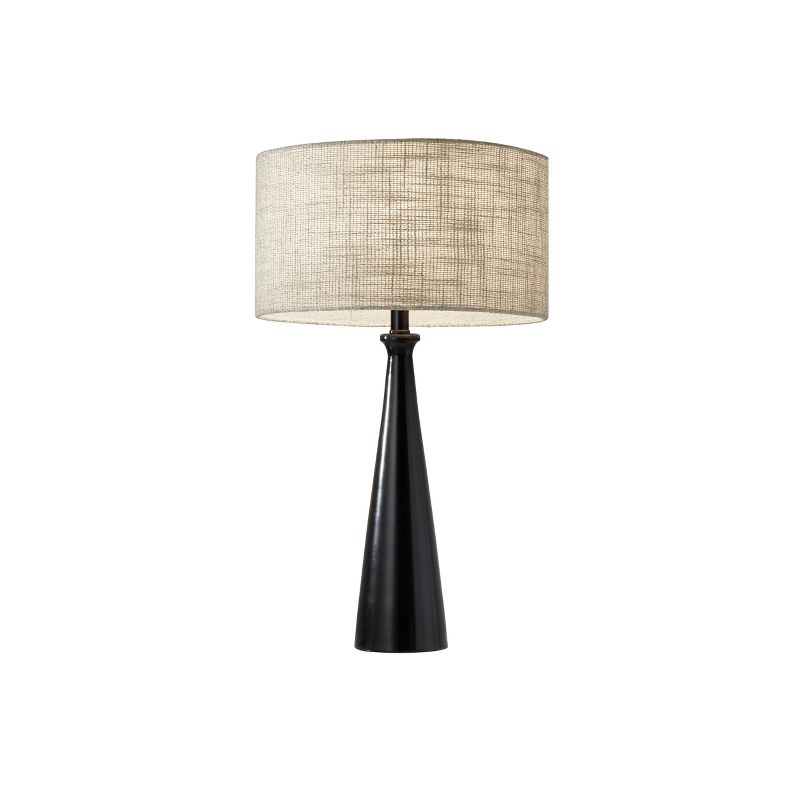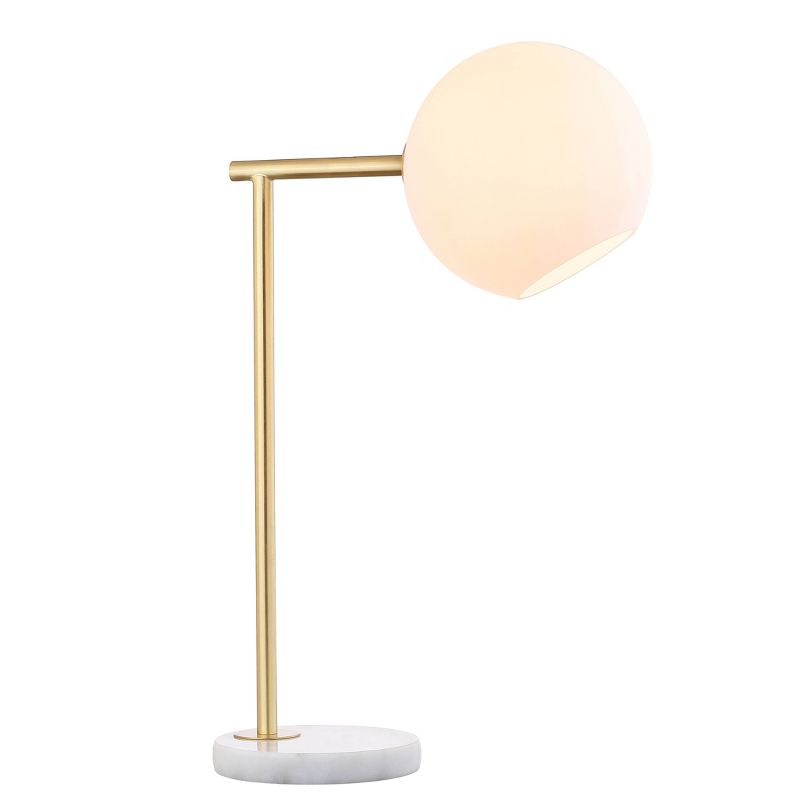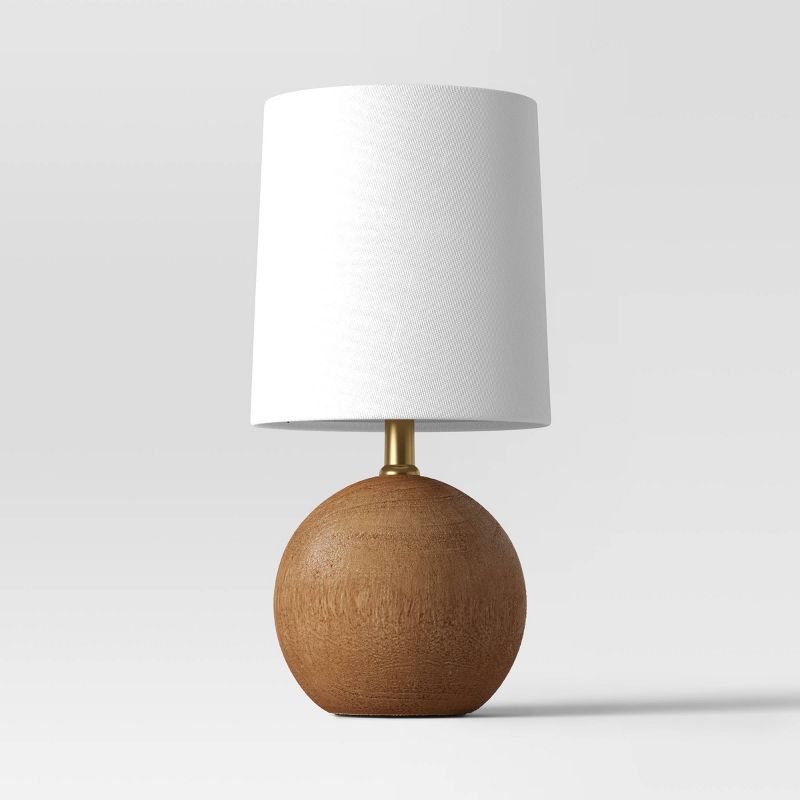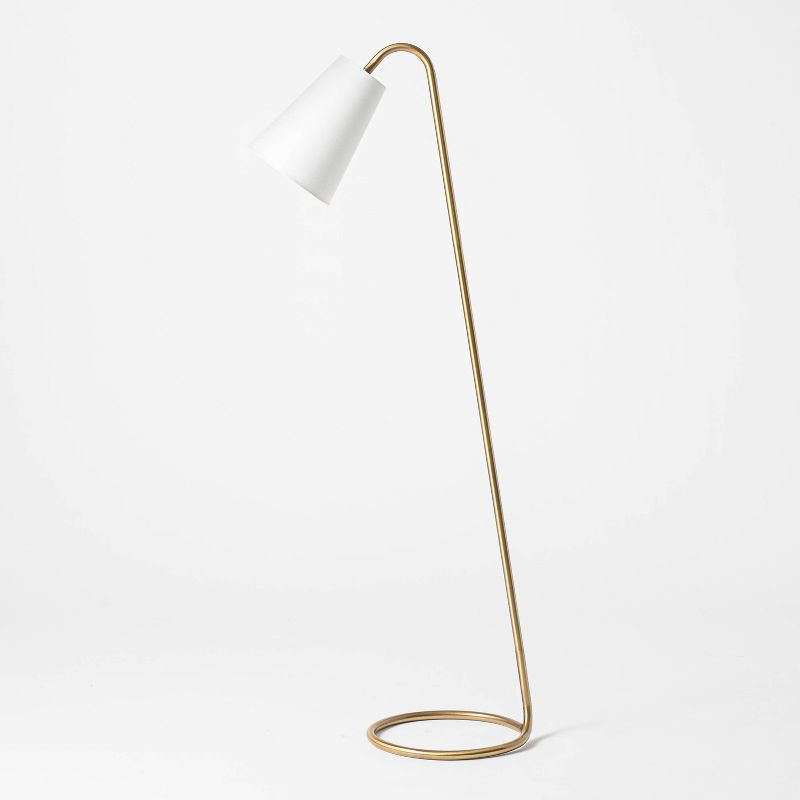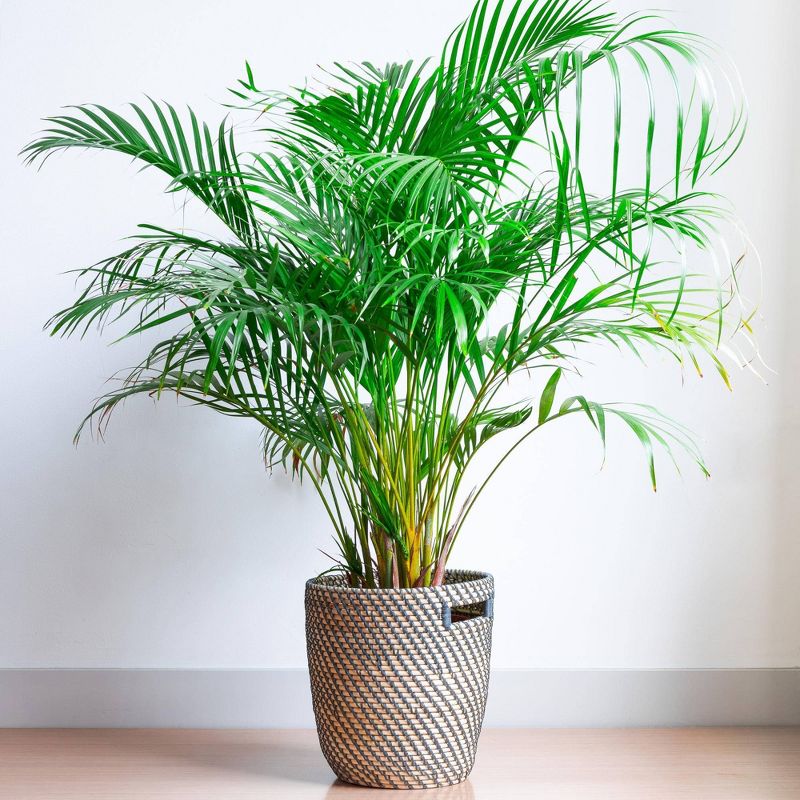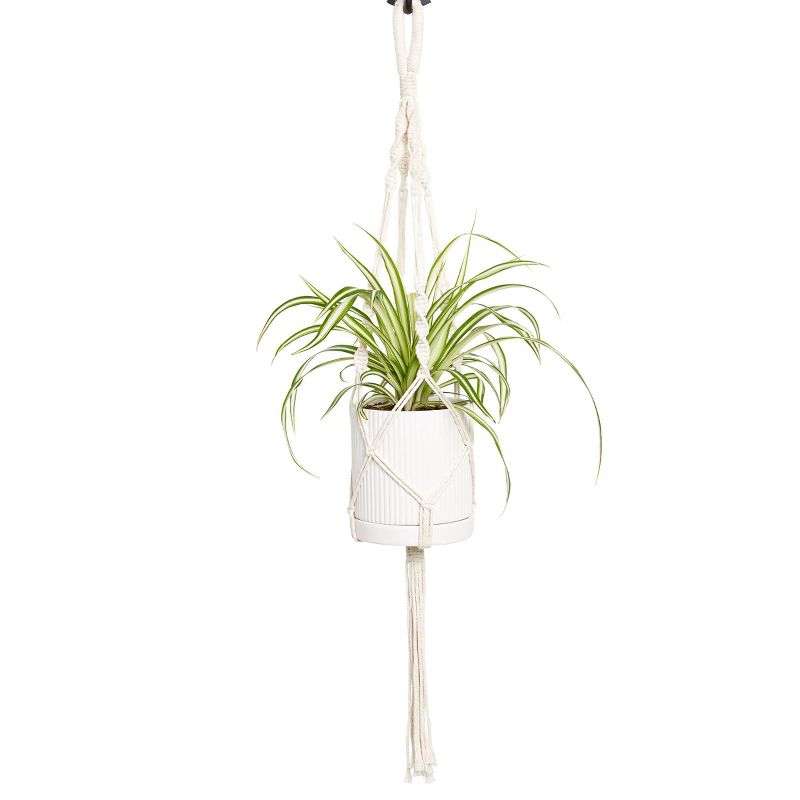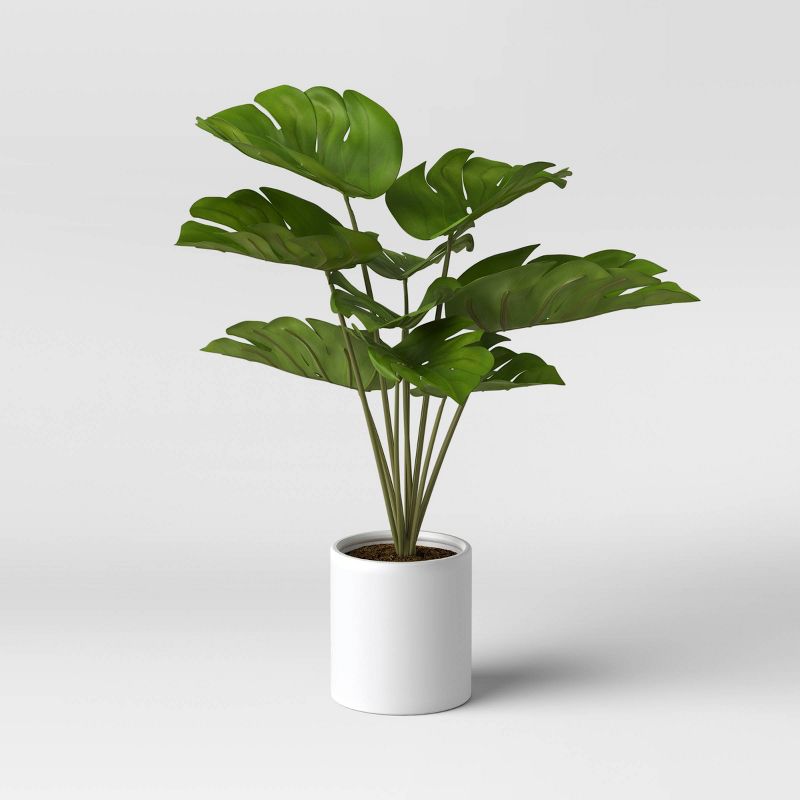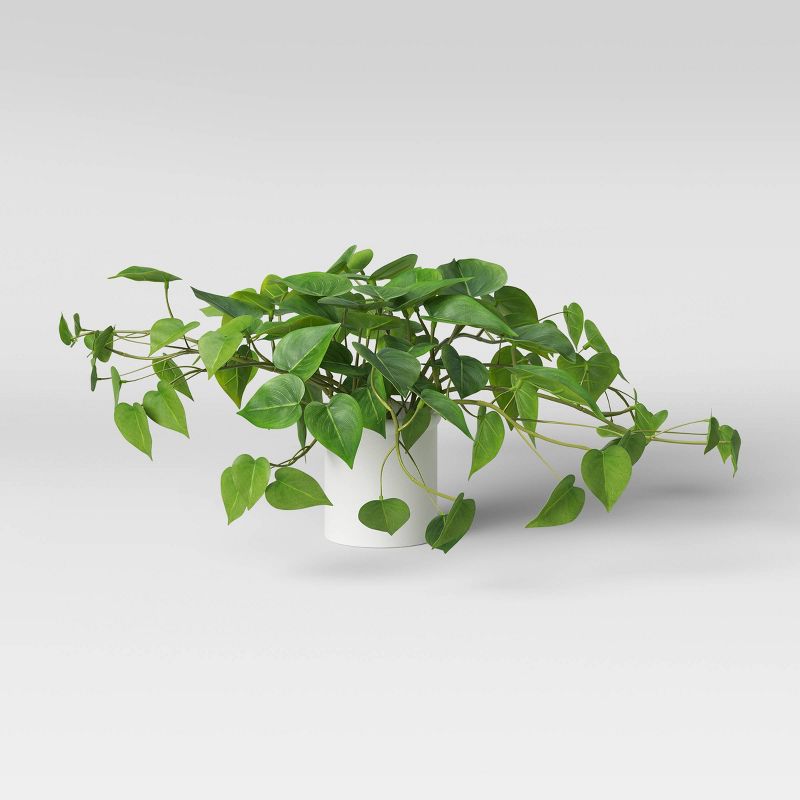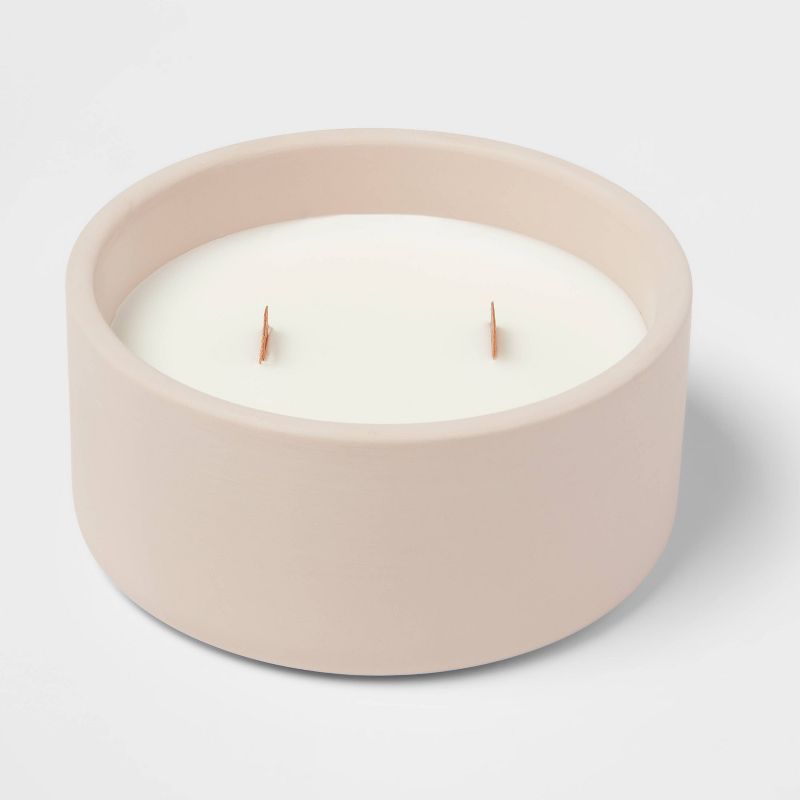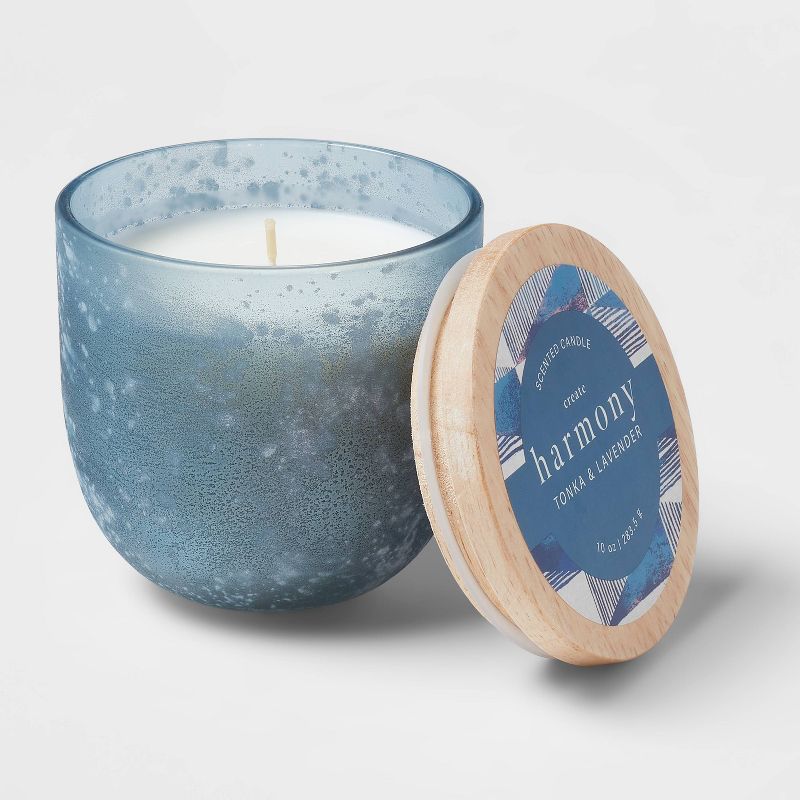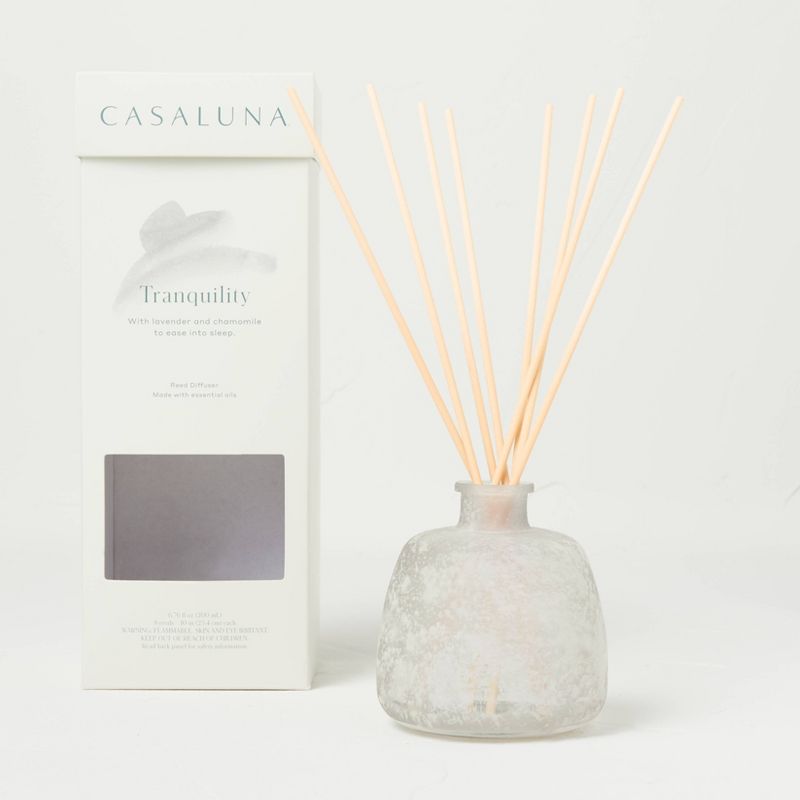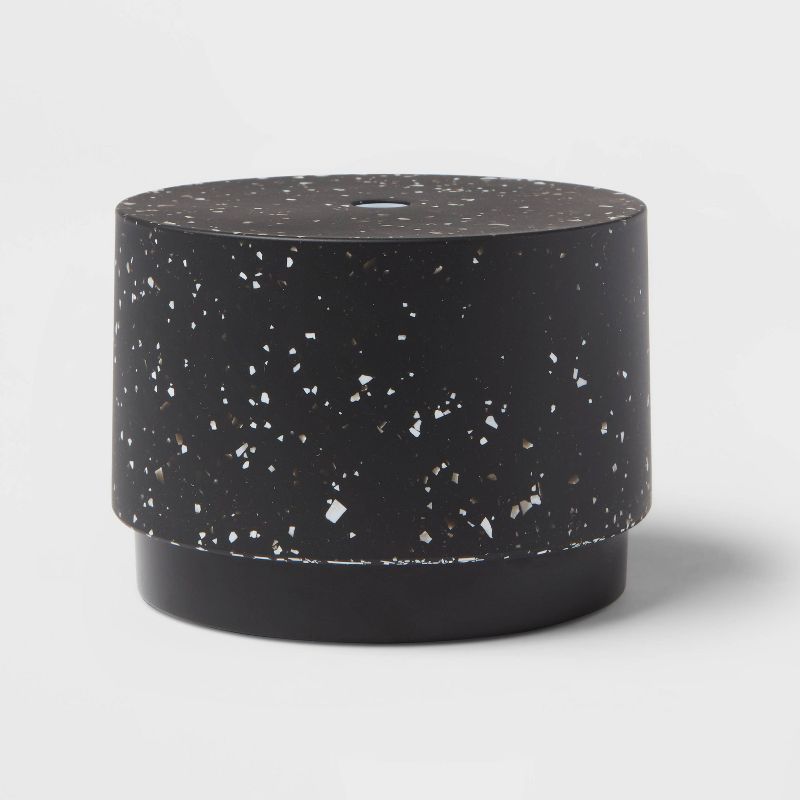Self-care is a radical and necessary act, especially for Black people. Audre Lorde once wrote, “Caring for myself is not self-indulgence, it is self-preservation, and that is an act of political warfare,” a quote that holds true over 30 years later in a world where Black folks still face a disproportionate amount of stress and oppression compared to others, yet aren’t given much access to tools for prioritizing our mental health. Of the many ways we can incorporate self-care and self-preservation into our daily routines, carving out time for rest may be one of the most crucial — and a powerful way to do this is through meditation.
AdvertisementADVERTISEMENT
For those not entirely familiar with the practice, meditation may seem like a lengthy, time-consuming practice — but it doesn’t have to be. As civil rights lawyer and yoga teacher Ashley Oliver tells us, people often envision it as sitting in a lotus pose for an hour or more while repeating the “Om” Sanskrit, but many experts agree that the regularity and frequency of your practice are more impactful than the duration. “In general, it’s really about quieting the mind, tuning out the outside world, and being present with where you are and who you are right now,” she says, recommending that beginners start with shorter, five-minute sessions and add on more time as they become more comfortable.
Meditation gives Oliver a chance to pause and catch her breath — something that she encourages Black folks to do more of. “It’s telling the world that, in this moment, that email can wait, that campaign can wait, that stressor can wait, and whatever systemic policies and issues you're trying to enforce on me and my community can wait,” she says. “We are human beings, not human doings. Sometimes just being here and taking up space is enough in a society that will often tell you it's not.”
A great way to help usher in that well-deserved rest is by creating a warm and inviting area to practice. Whether a small corner of your office or bedroom or an entire room of its own, a dedicated space to tune out and focus inward will make your practice all the more successful — so long as you keep a few design aspects in mind. To help, we tapped interior design duo Tavia Forbes and Monet Masters of Forbes Masters — who recently teamed up with Target to share their design expertise at Unbothered’s The Glow Up — to walk us through the steps of creating a space primed for quieting the mind.
AdvertisementADVERTISEMENT
Read on to learn how to use lush textures, calming colors and scents, and mood lighting to bring your space to life.
Start with a lush, comfortable rug
In the same way rolling out a yoga mat acts as a necessary and welcoming start to a class, rugs can play a similar role in meditation. They help designate your space and, in that same vein, should make it somewhere you’ll want to spend five minutes or more of your day. Essentially, it needs to be comfortable.
When selecting textiles, Masters says to avoid rugs made with synthetics like polypropylene, which tend to be scratchy, and instead opt for wools and viscose blends, which “feel very luxurious and aren’t super expensive.” She adds, “It’s great for running your toes through the fibers and it feels very calming and nestling.” And that’s what you want the textures in your space to evoke: inviting comfort. As Forbes puts it, “This room should feel very lush, kind of like how you feel sinking into a sofa. That should be the entire aesthetic of the space.”
shop 4 products
Opt for a calming color palette
Different colors can elicit different emotions depending on the person, so when it comes to choosing the ideal palette for your meditation space, it truly varies. Forbes and Masters encourage asking yourself questions about which colors bring you peace versus which excite you. “The color that you love to wear on a sunny Sunday to brunch might not be the right color to use in this space,” says Masters.
AdvertisementADVERTISEMENT
Still, certain colors are thought to promote a sense of calm and relaxation, such as those in the green, blue, and gray families. For this reason, the pair often opts for these deeper cool colors when designing bedrooms and recommends incorporating them into a meditation space. Try adding floor pillows, blankets, and other decorative accents within these color families to give the area a calmer, more serene feel.
shop 4 products
Set the mood with lighting
Lights are a great and often underestimated mood-setting tool. Overhead and task lighting typically give off full-on brightness, which can be good for reading but not exactly ideal for clearing the mind. Masters suggests using a bedside table lamp or installing sconces in the general area for softer lighting. If you have overhead lighting, see if you can install a dimmer to soften its harsh appearance or incorporate a floor lamp with this option already built in. “In general, we want different lighting options to create different moods,” says Masters.
Accent with greenery
“I think plants are effective in bringing life into a space,” notes Forbes. Which ones you choose to liven up your meditation area is up to you, and mostly depends on how skilled you are at keeping them alive (the amount of natural light your space gets is a factor, too). Some easy, low-maintenance options are snake plants, monsteras, pothos, and ZZ plants.
But if you don't have a green thumb, faux plants are an option, says Forbes. “In the concept of rules being broken every now and again, we often use silk plants for clients who aren’t in their house every day of the week and don’t have time to take care of them,” she says. This way, you can still get the beauty without the hassle of upkeep.
AdvertisementADVERTISEMENT
Fill the space with calming scents
Sound and smell are important — and often the first thing you notice — in any space, but this holds especially true for your meditative one, says Masters. While a sharp citrus fragrance is great for welcoming someone into your home because it’s fresh and invigorating, she recommends “something not as strong, but more soothing” for a meditation space, such as lavender or fresh laundry-scented candles.
Incense or sage can be good grounding choices as well. If you go this route, Forbes says to burn them on a tray or stone to protect your furniture from any falling ash. If you'd rather not burn anything at all, essential oil diffusers are a great worry-free option.
AdvertisementADVERTISEMENT

